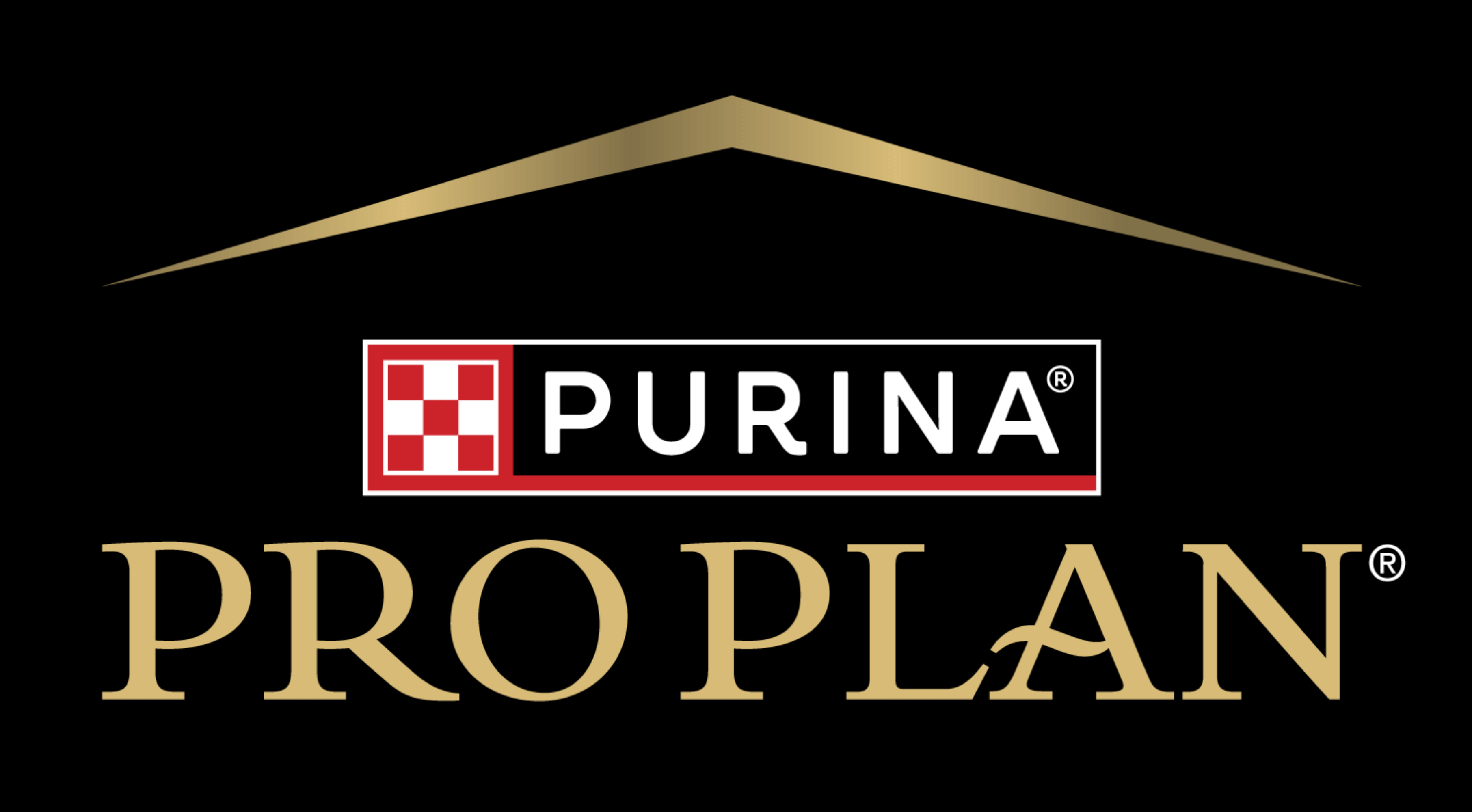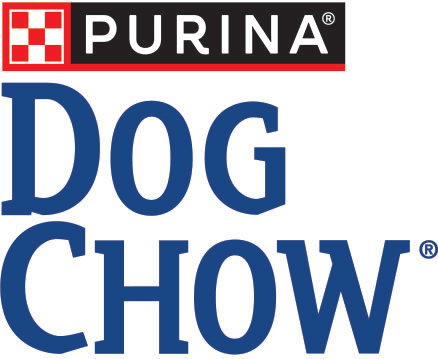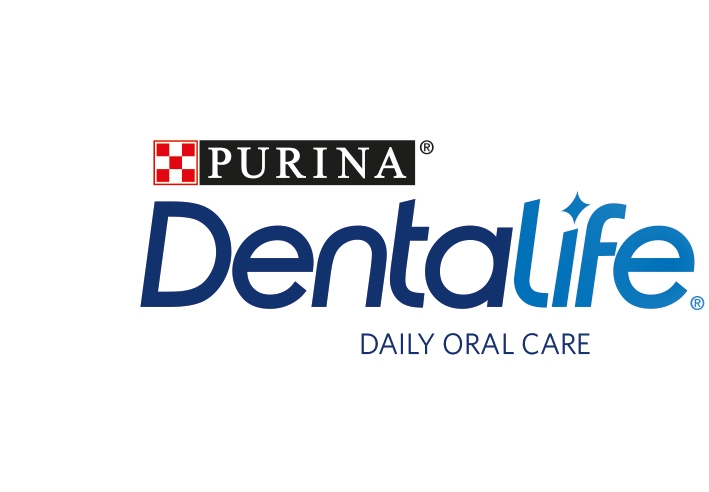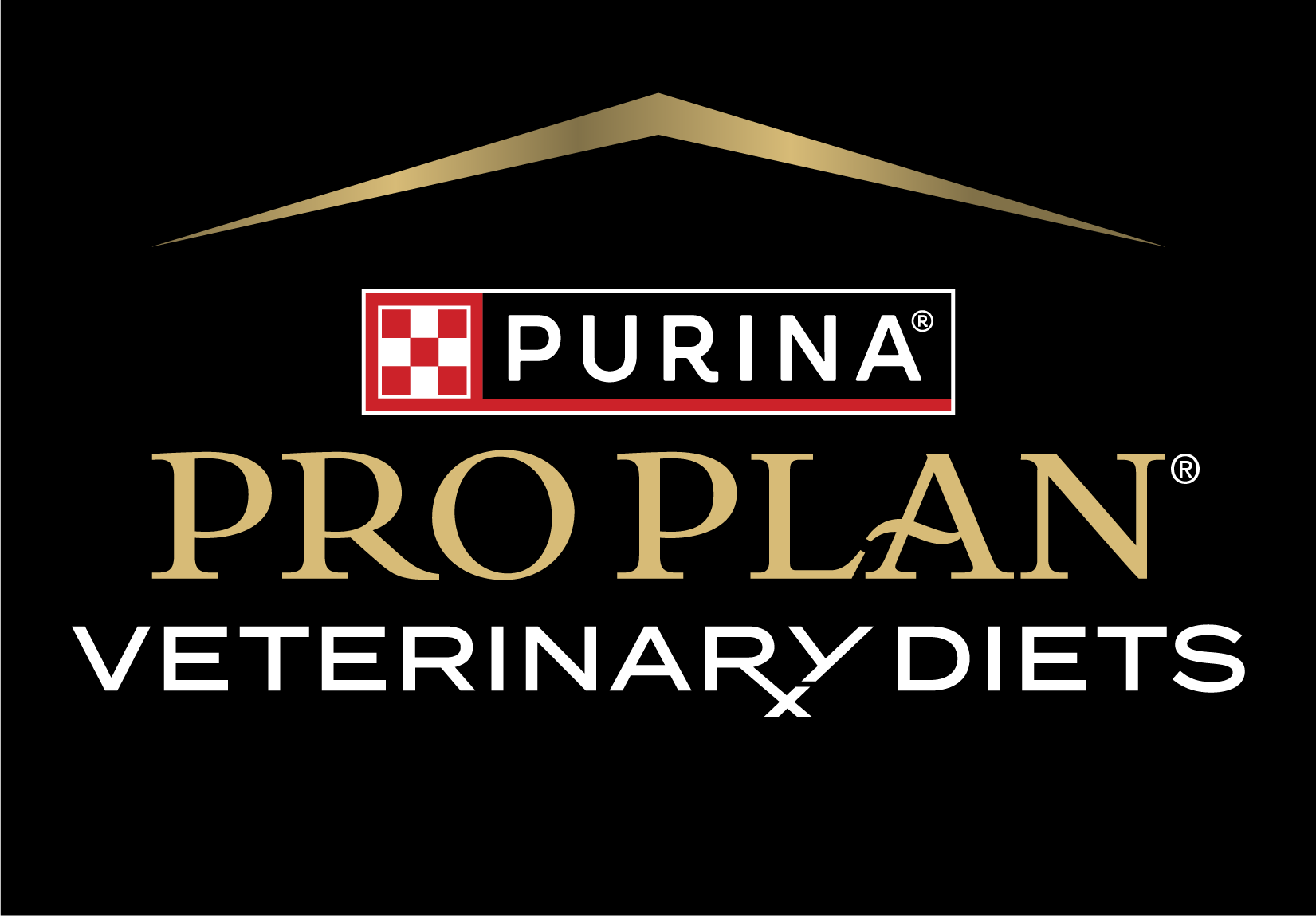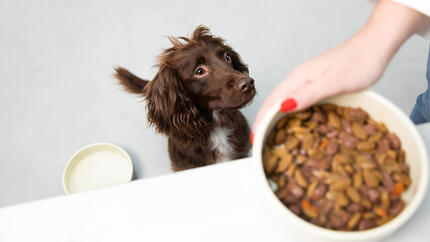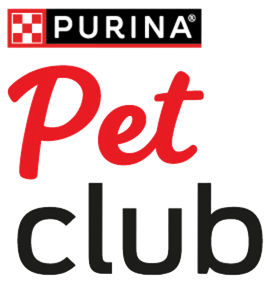
Our four-legged friends are a part of our families and we want to ensure they’re getting the best possible nutrition to thrive and live a long and healthy life. Many dog owners have become more conscious about what goes into their pup’s food bowls and are actively researching the best possible dog food ingredients available in commercial diets.
With our Purina pet food, you can rest assured that all of our main meals contain 100% of the essential nutrients your pet needs to thrive. If you’d like to find out more about our pet food, check out our every ingredient has a purpose and your questions matter sections where we have additional detail on our diets.
What’s in dog food?
Dogs are omnivores and require 37 essential nutrients which are divided into six key nutrient groups: water, proteins, fats, carbohydrates, vitamins and minerals. Good commercial dog food should contain quality dog food ingredients to cover all of these key nutrient groups.
Protein
Protein will come from meat, poultry, fish or some plant-based dog food ingredients such as corn gluten and soybean meal. The role of protein is to supply essential amino acids and protein subunits which help to maintain a healthy coat, skin, nails, muscles, tendons, ligaments, cartilage and also has a hand in correct hormone production.
Typically, most diets will contain between 18 – 30% proteins, however puppy food will tend to have more, whereas senior foods will have lower amounts. Prescription diets are an exception to this rule as they will have a different amount of protein depending on the needs of particular conditions.
Fats
Fats also come from meats, poultry, fish and plant oils (particularly flax and vegetable oils). Fats are an essential dog food ingredient as they aid with many bodily functions including maintaining body temperature, controlling inflammation and helping the body absorb certain vitamins. Alongside this, fats are one of the primary forms of stored energy, offering twice as much as carbohydrates or proteins.
Fats can also be a good source of fatty acids such as omega-6 for healthy skin and coat and membrane structure and omega-3 which aids with blood clotting and reducing inflammation.
Carbohydrates
Located in plants and grains, carbohydrates are a great source of energy and can aid with digestion too. Carbohydrates usually come in the form of dog food ingredients such as corn, soy, whole wheat, rice, oats, barley and peas. These kinds of ingredients have gotten a bad rap in recent years, but as long as your dog doesn’t have any allergies or sensitivities, they’re completely fine for them to eat and can actually be very beneficial.
Vitamins and minerals
When looking at what’s in your dog’s food, you should always look out for vitamins and minerals. These are wonderful things that help with everything from bone growth, to blood clotting, to energy production and oxidant protection and they also support the metabolic, digestive and immune systems.
B-vitamins are one of the most important vitamins that should be present in the form of biotin, pyridoxine, riboflavin, thiamine or beta-carotene. Vitamin A should be included as this is essential for healthy skin and coat, alongside vitamin E which helps to maintain a healthy immune system.
Minerals on the other hand can help to maintain a strong skeletal system and also offers support to the nerves and muscles. Zinc, iron, potassium, calcium, manganese are essential minerals and L-carnitine is also important as it helps to transport fatty acids, as well as helping with cellular production of energy.
Water
Water is a very important dog food ingredient and you should look for meals with a high moisture content. Additionally, you should always ensure that you provide fresh and clean drinking water for them at all times.
Things to look for with dog food ingredients:
When looking at what’s in dog food, you should choose a diet that possesses the following:
- A whole source of animal protein which should always be the first ingredient, such as fish, poultry or meat.
- A source of easily digestible carbohydrates like whole grains or vegetables.
- Healthy fats like chicken fats and salmon oils.
- Healthy nutrients such as omega-3 fatty acids, chondroitin and glucosamine.
- Natural preservatives like vitamins C and E.
A top tip is that the listed dog food ingredients run from highest to lowest, so meat should always be the first ingredient. It’s best to avoid diets that have soya, grains or vegetable-based proteins listed first as these won’t have as much nutritional value.
What dog food ingredients to avoid:
There are some ingredients which aren’t as healthy for your pup, so it’s best to avoid diets with:
- Artificial preservatives such as BHT, BHA and ethoxyquin.
- Diets that just list ‘meat’ or ‘meat-meal’ and aren’t specific about the protein source.
- Artificial colours and flavours, these may be listed as E numbers or ‘colourings/flavourings’.
Luckily, commercial dog food has very strict guidelines and legislation on what diets can and can’t contain to ensure it’s safe and that they meet all the nutritional needs of dogs at each life stage. So, when you choose to feed complete and balanced dog food, you can rest assured that they’re getting all they need to thrive.
If your dog has a health concern or you can’t decide what dog food would fit your dog best, speak to your vet. They’ll be able to make an informed recommendation based on your dog’s breed, nutritional needs and exercise levels.
Looking for more feeding advice? Check out our guide on switching your dog’s food, next.




